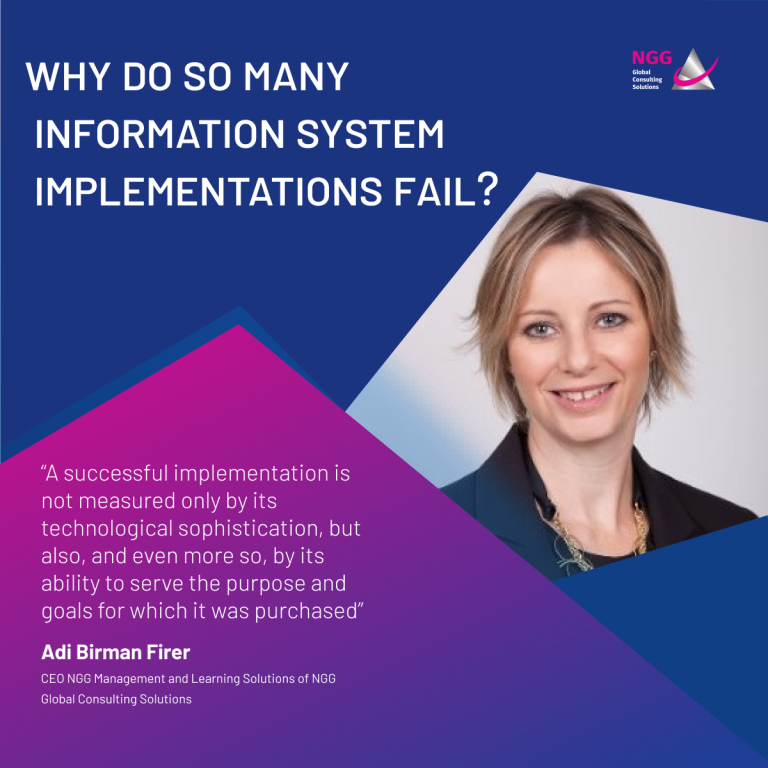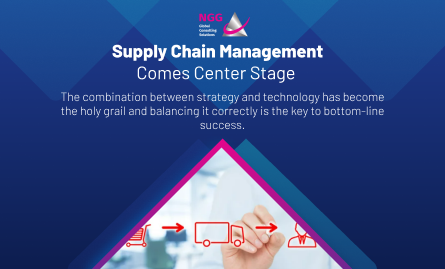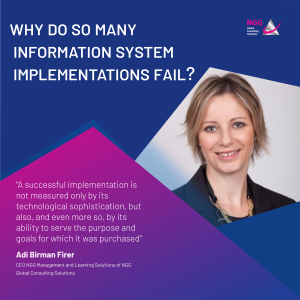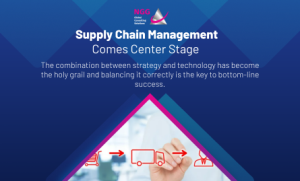Proper management of leads depends on an accurate calculation of conversion rates. The rate is subjective to the type of platform used – but is that true in terms of effectiveness as well? Rami Jaulus, NGG’s CEO, explains why it is crucial to know the different conversion rates, and how organizations systematically waste resources without generating sales
When talking about the funnel of leads, conversion rates really just means the ratio between the number of leads coming in at the various marketing and sales stages and the actual number of sales.
Why do you have to calculate the conversion rate?
If we know the ratio, we can calculate the number of sales we can expect from any given number of leads.
So what’s the problem?
First of all, leads are not all equal. Customers walking into a showroom and showing interest are leads. But customers who leave contact information on a website is also leads. Are the two types of leads the same? Are the chances for closing a sale with a customer who shows up in person in the store the same as the chances for closing a sale with someone who’s sitting at home in front of his or her computer screen? And what about all those potential customers who did neither? Do they represent zero leads?
So where do you start? How can you calculate the worth of leads and how they relate to one another?
It may not be necessary to calculate everything. If we start by analyzing what we already have, break down the ripeness of the lead in the different channels, and examine the ratio between the leads we get and the actual sales in every separate channel, we can learn many interesting things.
Here is a quantitative example:
- Of 1,000 customer we called to invite for a meeting with a sales rep, we can expect at most two or three sales.
- Of 10 customers who left contact information on our website, two or three will go beyond the non-committal stage of expressing initial interest, and only one or two of those will actually buy.
- Of 10 potential customers who walked into a store or showroom, only two or three will make a purchase.
Based on the data above, we can see that:
- Calling potential customers creates a conversion rate of about 0.5 percent.
- Leaving contact information on the internet creates a conversion rate of about 1-2 percent.
- Of the customers who show up in person, about 10 percent make a purchase.
Obviously they differ. But the question is whether we’re seeing channels with different levels of effectiveness.
The truth is that we’re talking about tools that serve different needs and that are supposed to complement one another in an omni-channel world. The right use of the different tools will generate the right flow of leads and a well-managed and pre-determined investment of resources thanks to control and monitoring of desirable conversion ratios.
